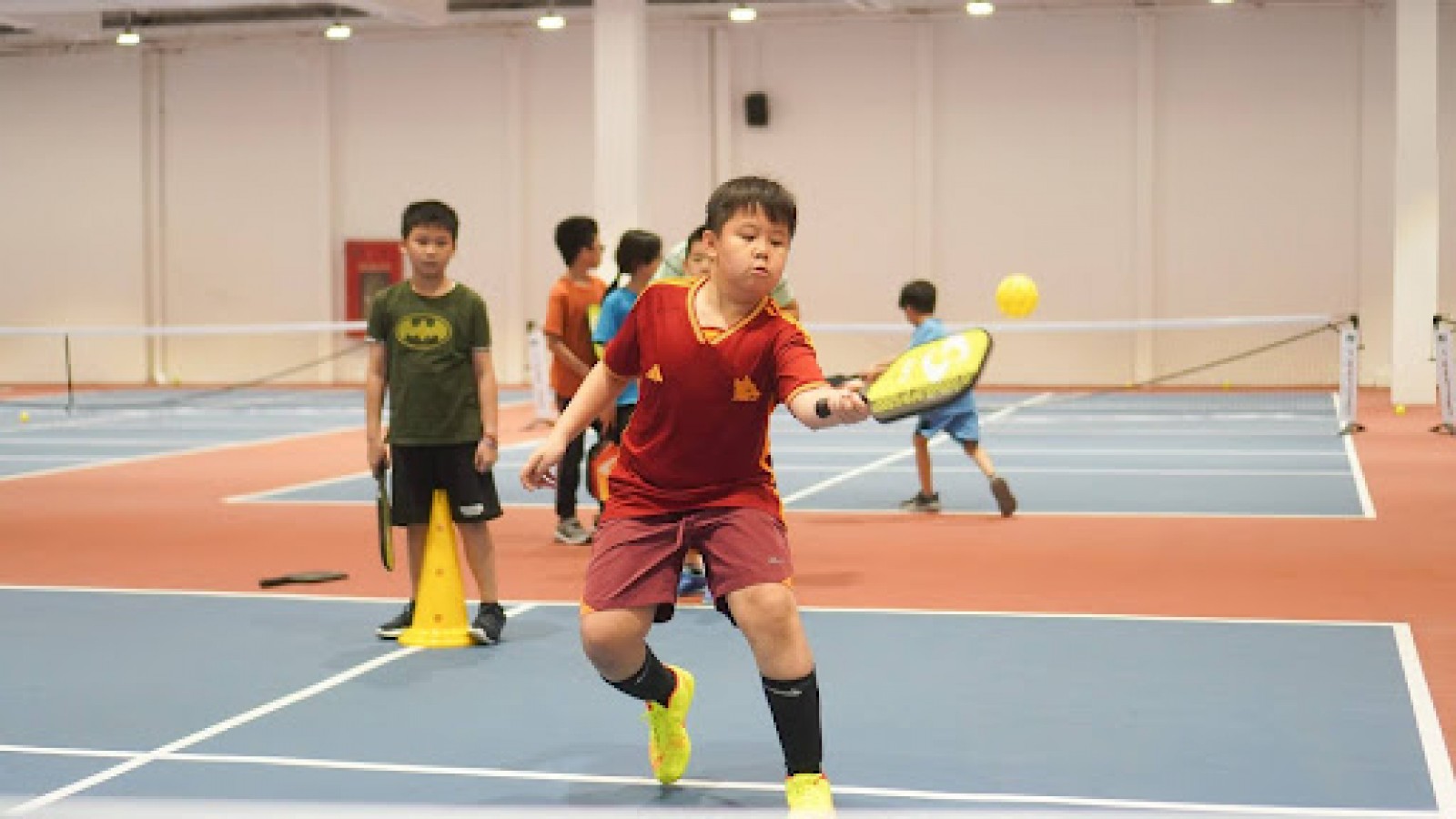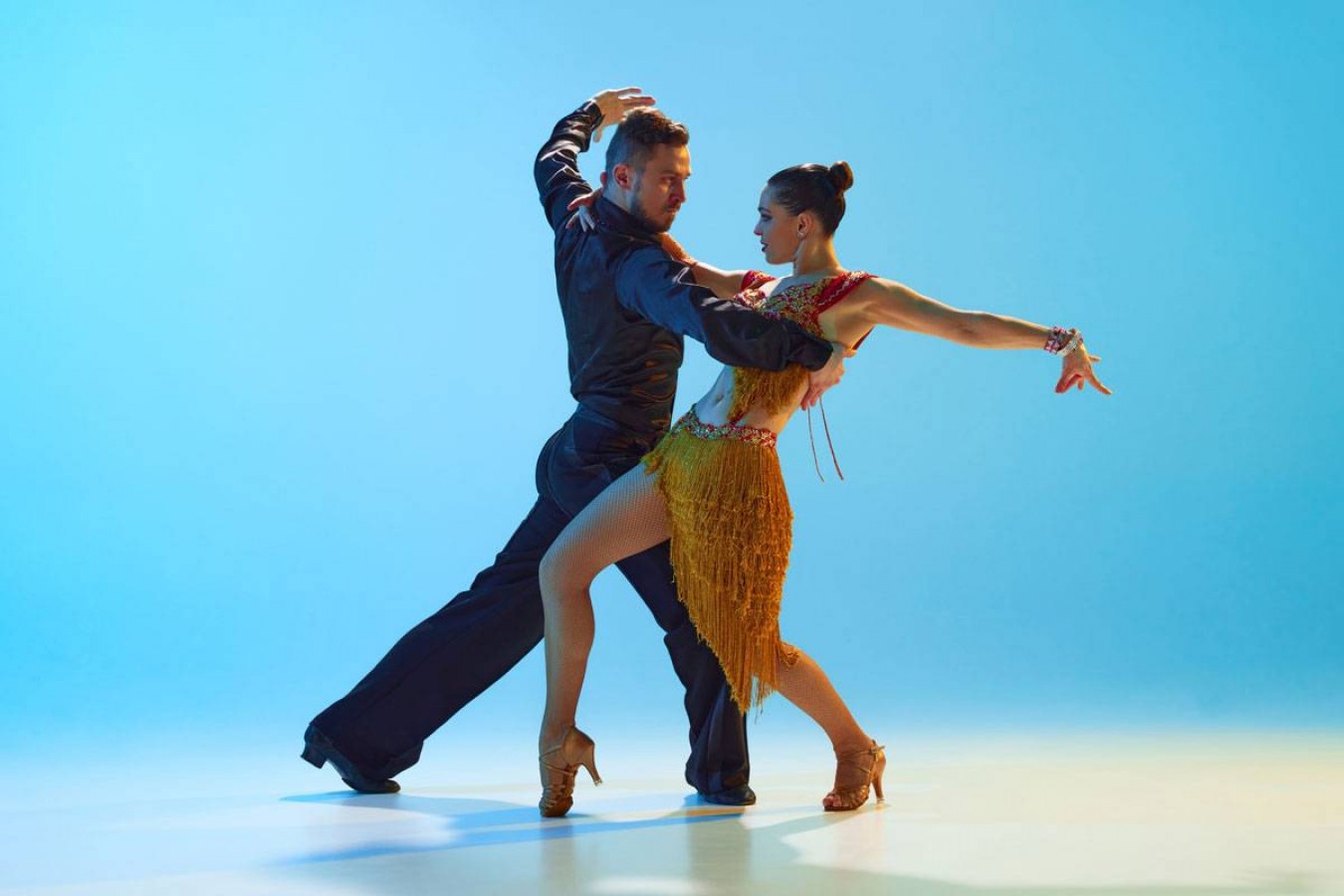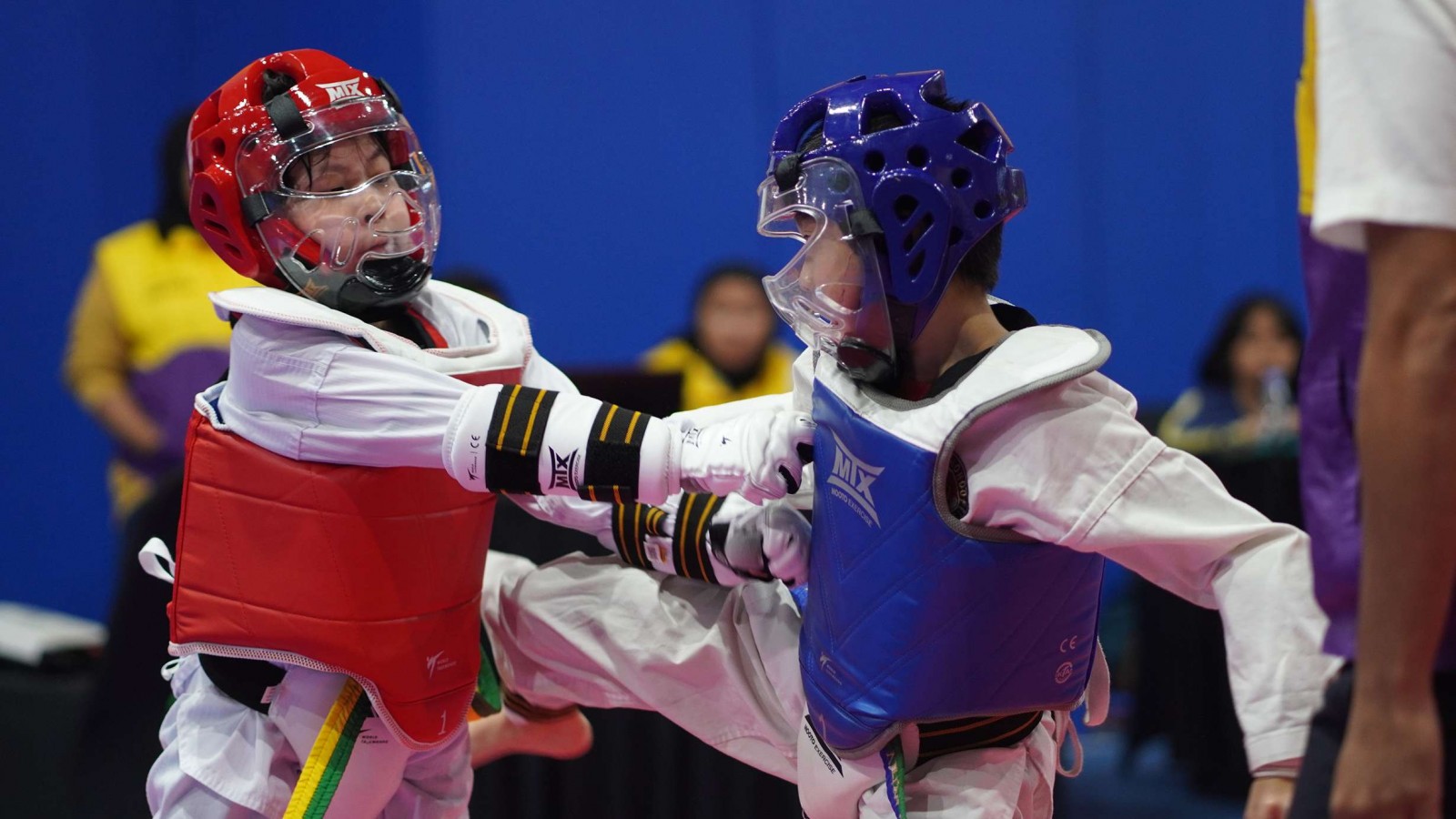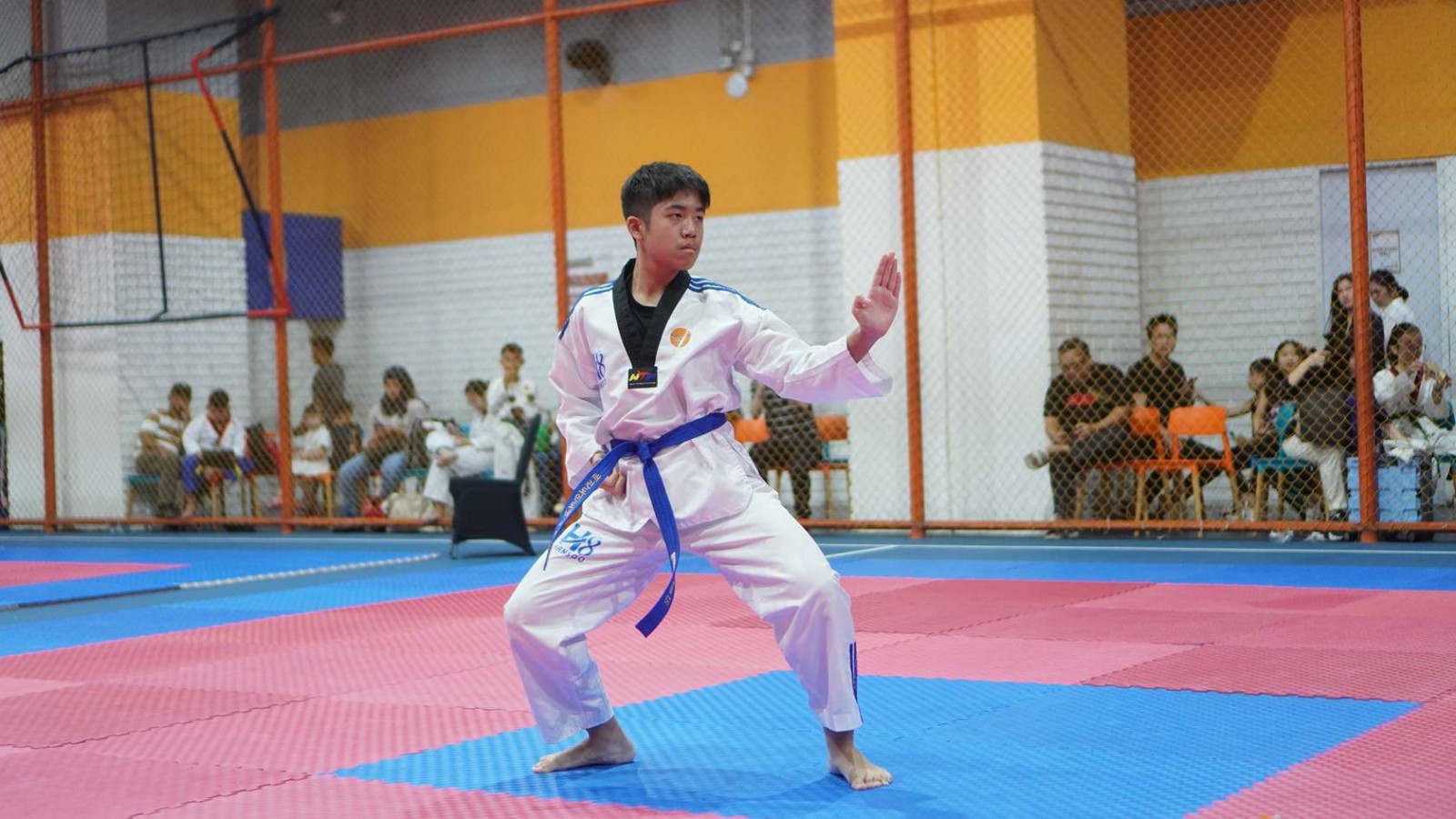Pickleball Scoring Rules: Singles & Doubles Scoring

In every sport, to achieve a victory generally uses a point system. This point system varies depending on the rules in the sport itself.
Pickleball is indeed incorporated with elements of tennis, badminton and ping-pong. But in terms of scoring, of course, there are differences.
This scoring rule must be known for fun and success in the game. This article will discuss basic pickleballs scoring rules in doubles and singles. Let’s check it out!
Basics of Pickleball Scoring
Before diving into the specifics of singles and doubles scoring, it’s important to understand the basics of pickleball scoring. Here are the further explanations:
1. Points
Points can only be scored by the serving team or player.
2. Winning the Game
A game is typically played to 11 points, and a team or player must win by at least 2 points. In some tournaments, games may be played to 15 or 21 points.
3. Serve
The serve must be made underhand, with the paddle contacting the ball below the waist. The serve must land in the diagonally opposite service court.
Pickleball Scoring and Positioning Rules
In pickleball, when serving, there are several rules that must be understood. These rules differ for singles and doubles players.
Players must follow the rules of serving and maintain the correct position. Otherwise, the serve can be considered invalid. The following are the scoring and positioning rules for singles and doubles in pickleball:
A. Singles
1. Scoring Rules
In singles pickleball, the scoring is straightforward:
- Only the server can score points.
- The server continues to serve until they commit a fault (e.g., hitting the ball out of bounds, serving into the net).
2. Positioning Rules
- Serve Position
The server must serve from behind the baseline and within the sideline boundaries. The serve must be directed diagonally into the opponent's service court. When the serve score is even, do the serve from the right side and when the score is odd, do the serve from the left side.
- Switching Sides
When the server wins a point, they switch sides (left to right or right to left) and continue serving. This ensures that each point is served from the correct side of the court.
- Receiving Position
The receiver stands diagonally across from the server, ready to return the serve.
B. Doubles
1. Scoring Rules
Doubles scoring is a bit more complex than singles. Here’s the rules:
- Only the serving team can score points.
- Each team has two serves, one for each player, before the serve is handed over to the opposing team (except for the first serve of the game, where only one player serves).
2. Positioning Rules
- Serve Position
The server must serve from behind the baseline and within the sideline boundaries. The serve must be directed diagonally into the opponent's service court. When the serve score is even, do the serve from the right side and when the score is odd, do the serve from the left side.
- Switching Sides
When the serving team wins a point, the server switches sides with their partner, and the same server continues to serve. When the first server loses the serve, the second server serves from the same side.
- Receiving Position
The receiving team does not switch sides when a point is won or lost.
Faults in Pickleball Scoring Rules
A fault is any action that stops play because of a rule violation. Faults are common in every sport, usually to make the game fairer and players can't be cheating. Here are several common faults in pickleball:
1. Serving Fault
The serve does not land in the diagonally opposite service court.
2. Volley Fault
A player volleys the ball before it has bounced once on each side.
3. Double Bounce
The ball bounces twice before being hit by a player.
4. Out of Bounds
The ball lands outside the court boundaries.
5. Kitchen Violation
A player volleys the ball while standing in the non-volley zone or steps into the non-volley zone in the act of volleying the ball.
The Non-Volley Zone
The non-volley zone is a seven-foot area on both sides of the net. Players are not allowed to volley the ball (hit it in the air without letting it bounce first) while standing in this zone.
The purpose of the non-volley zone is to prevent players from executing smashes near the net, promoting a more strategic game.
Strategies for Scoring and Positioning
You can apply some of these strategies so that you don't make mistakes when you want to serve and position yourself correctly on the court. Here are some strategies:
1. Communicate with Your Partner
In doubles, clear communication is key to avoiding confusion and making effective plays. Calling shots, indicating who will take the ball, and discussing strategies during the game can significantly improve positioning and scoring chances.
2. Stay Alert
Be ready to move and adjust your positioning based on the flow of the game.
3. Use the Third Shot Drop
In doubles, a well-placed third shot drop can neutralize the opponent’s advantage and set up a strategic play.
This strategy involves hitting a soft shot that lands in the opponent’s kitchen, forcing them to hit up, which gives your team a chance to move forward to the net. This shot can be a game-changer in doubles, allowing your team to take control of the net.
4. Control Your Shots
Focus on placement and control rather than power to keep the ball in play and force your opponent into difficult positions.
5. Master the Serve and Return
A consistent serve and a strategic return can give you an early advantage in each rally.
6. Try Dinking
Dinking refers to hitting soft shots that just clear the net and land in the opponent’s kitchen. This strategy is essential in controlling the pace of the game and forcing errors from opponents.
Have You Understood The Pickleball Scoring Rules?
It's not difficult to understand the rules of pickleball. These rules are usually explained at the beginning when you are first taught the game, as they form the basis for playing pickleball. With practice, you will naturally implement these rules without making mistakes. Therefore, it is important to find a quality pickleball class.
Rockstar Academy has a pickleball class that is part of the best Sports & Performing Arts Academy in Indonesia. At Rockstar Academy you will be trained with experienced instructors who have high flying hours coupled with supportive facilities.
Rockstar Academy also holds lots of Events & Competitions every year to hone our students' skills. This shows the commitment of Rockstar in developing the talents of children who are favored.
The pickleball classes at Rockstar Academy not only offer top-tier training but also provide students with the exciting opportunity to participate in Elite Championships. These championships offer a regular platform for Elite Class students to compete against one another up to four times per term, totaling sixteen times per year, in state-of-the-art sports stadiums.
Interested to find more? Take advantage of our free trial class and choose any program that you are interested in. This opportunity will convince you more in signing up for the program and you can experience our comprehensive program beforehand!
FAQ
What happens if the serve hits the net but lands in the correct service court?
If the serve hits the net and lands in the correct service court, it is called a "let," and the serve is replayed.
Can I step into the non-volley zone after hitting a volley?
No, you cannot step into the non-volley zone after hitting a volley. You must establish your position outside the non-volley zone before volleying the ball.



